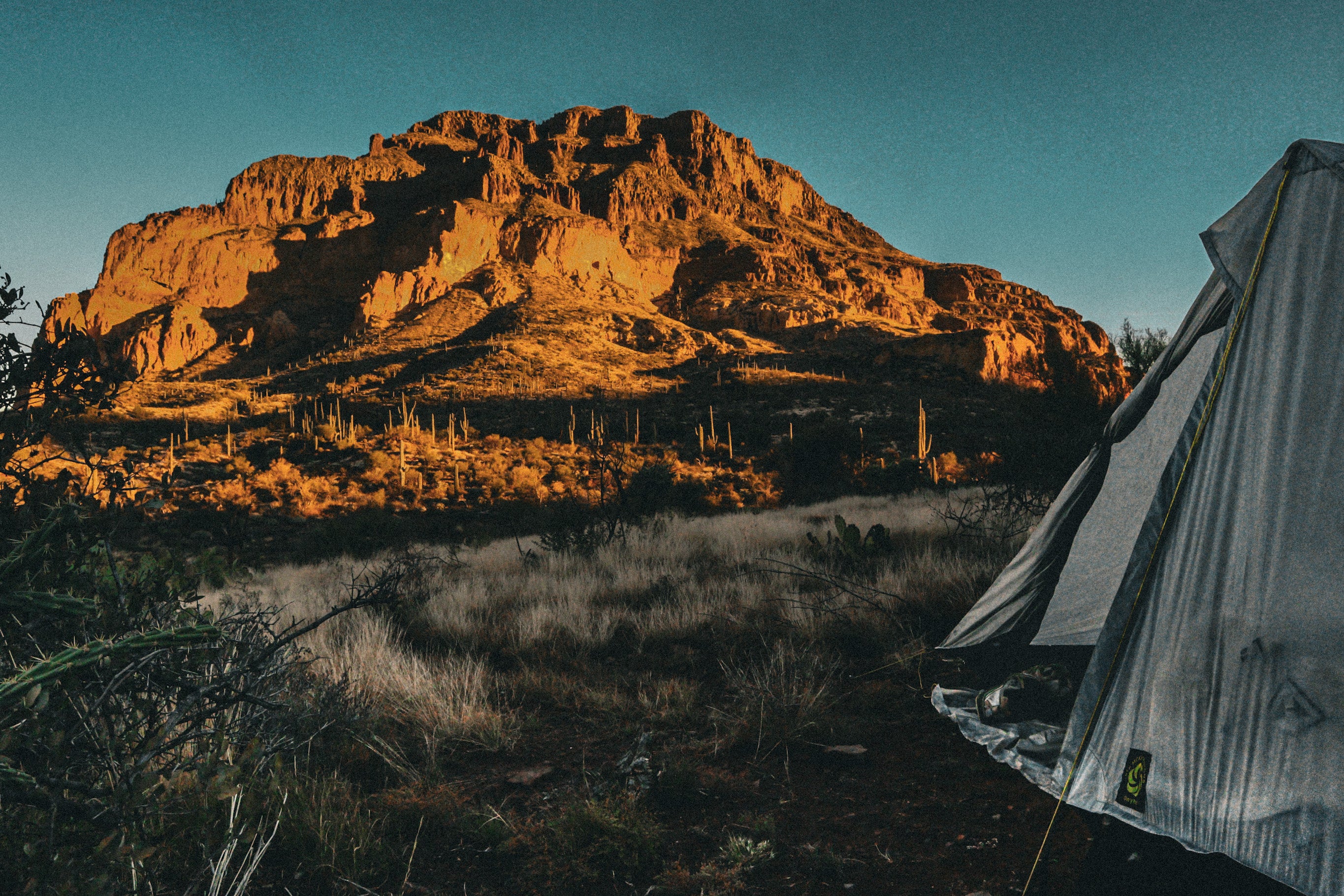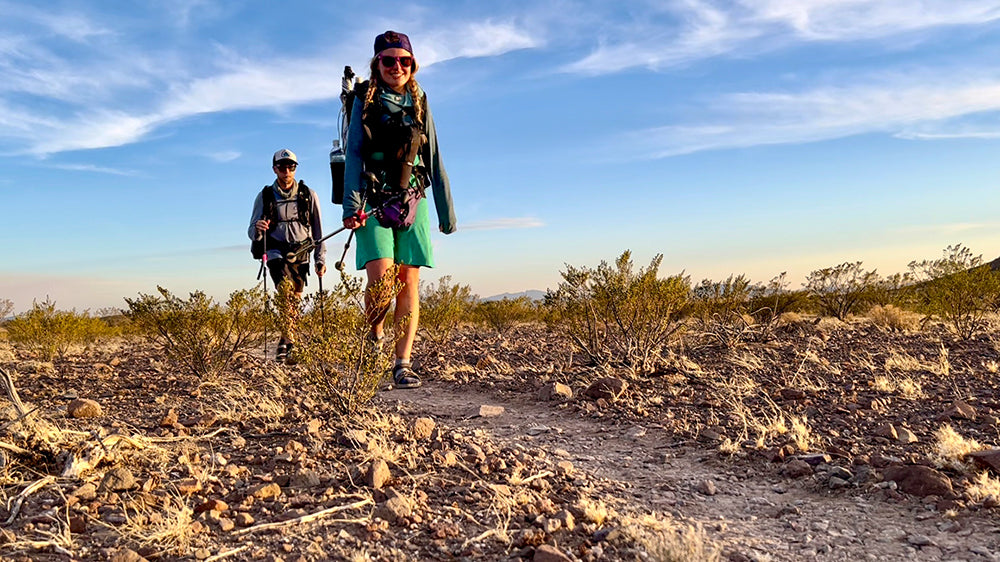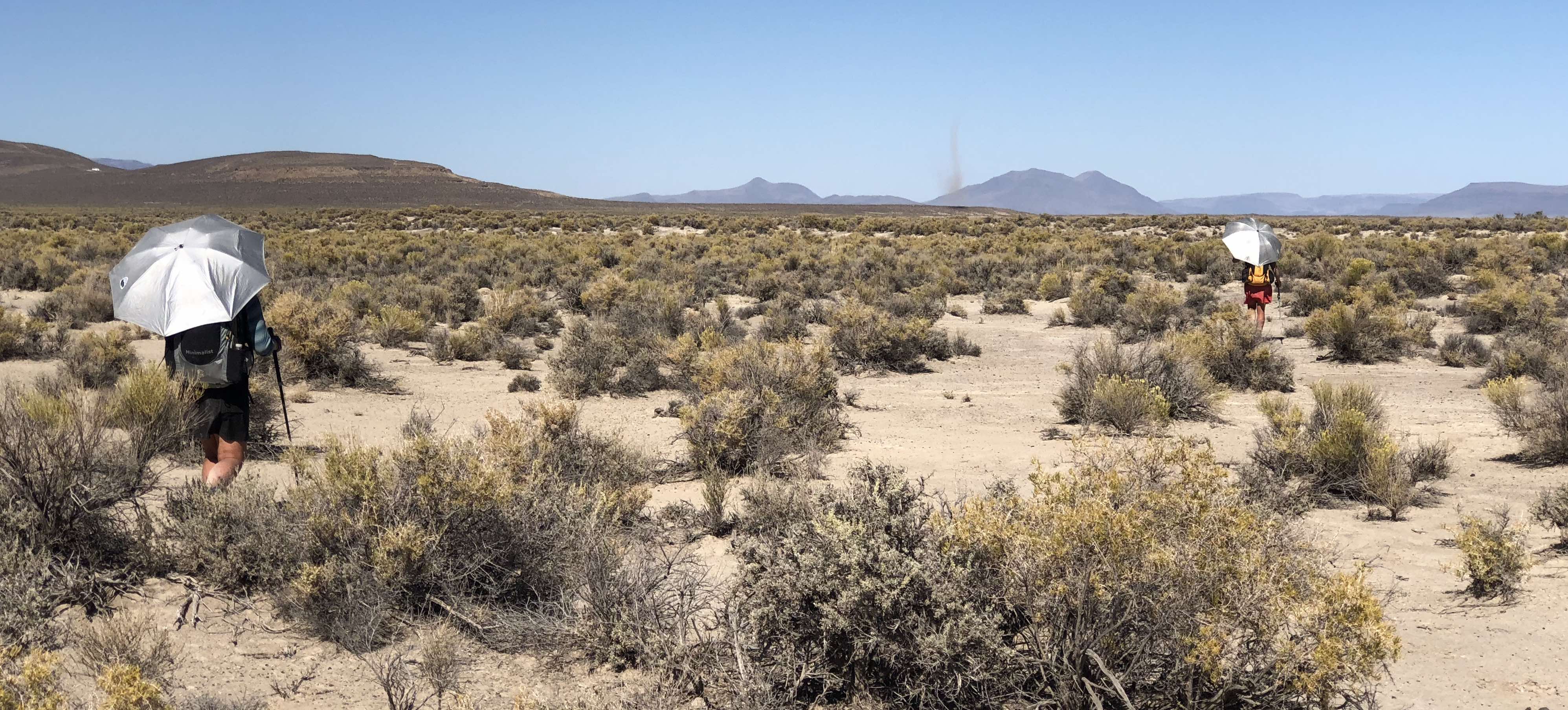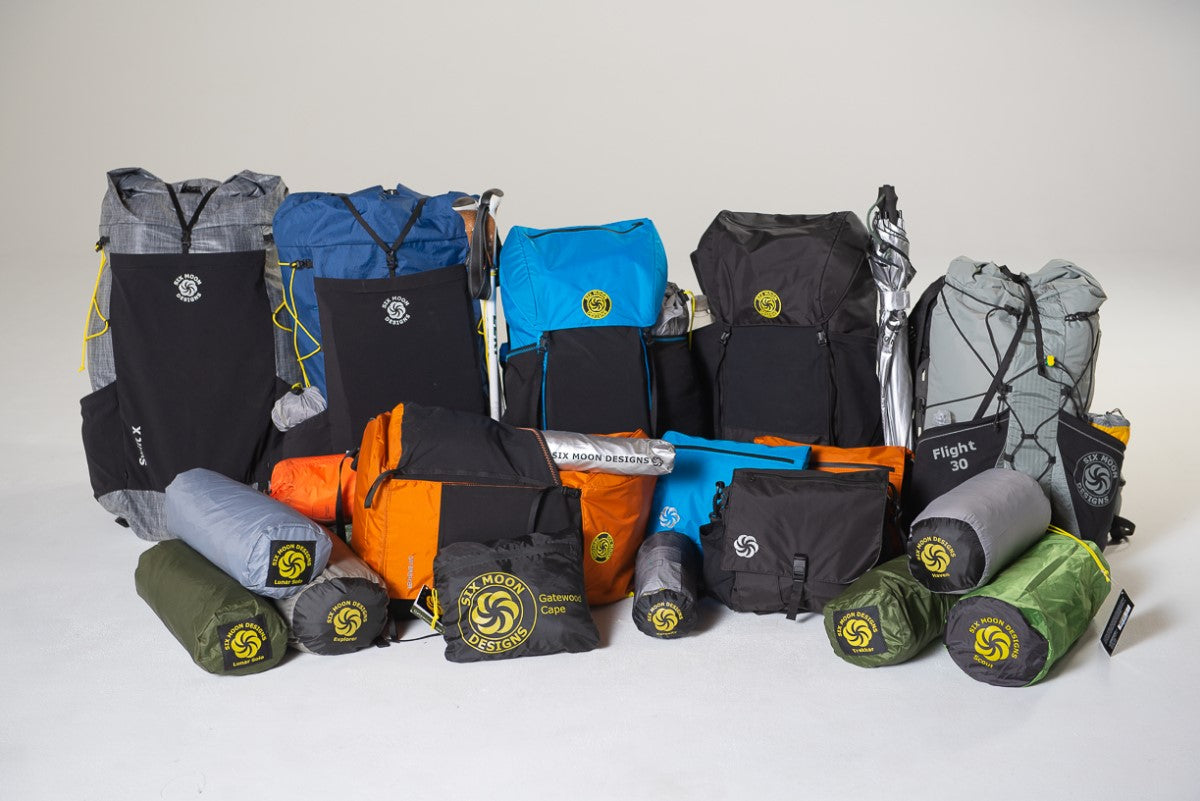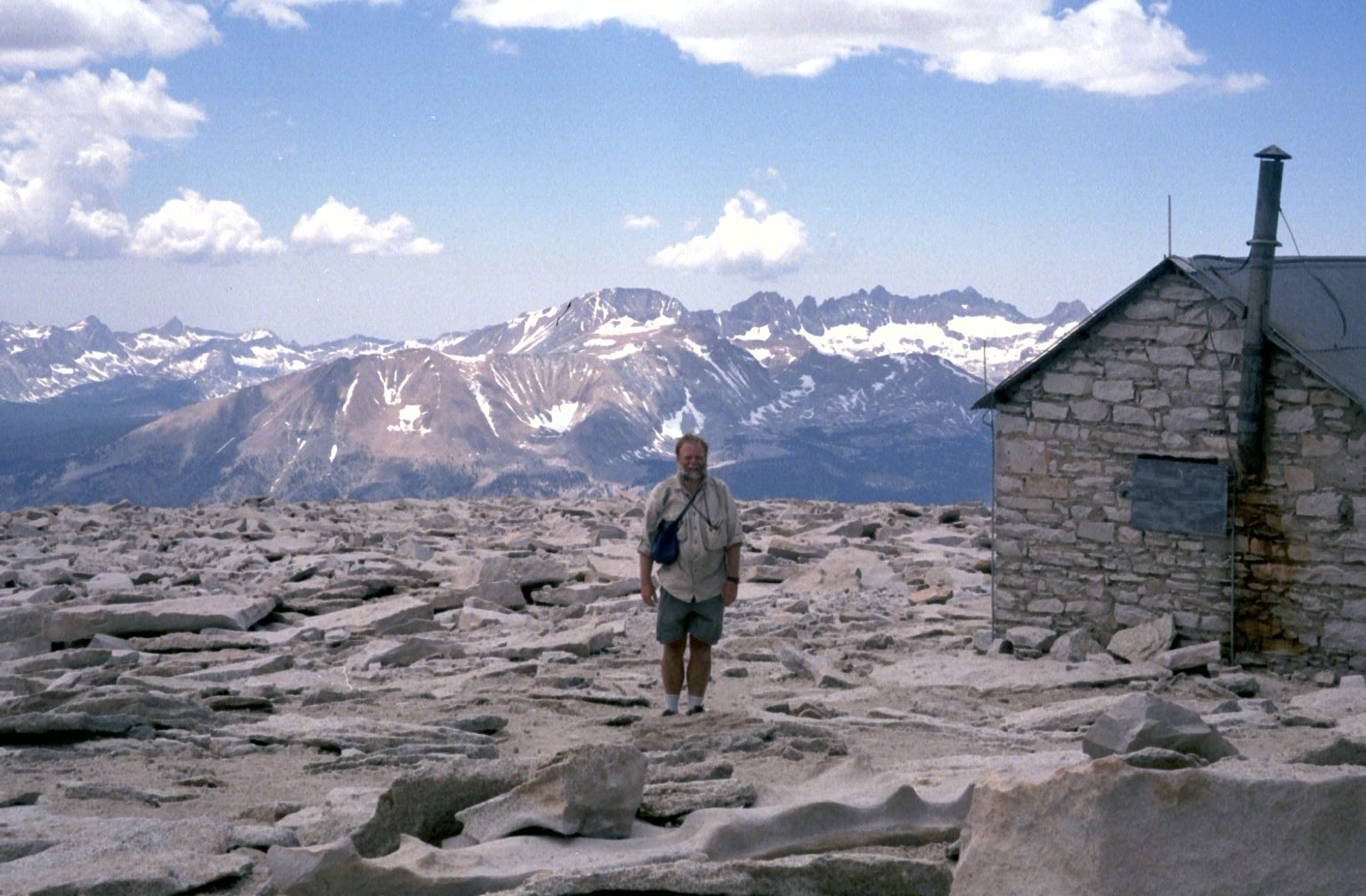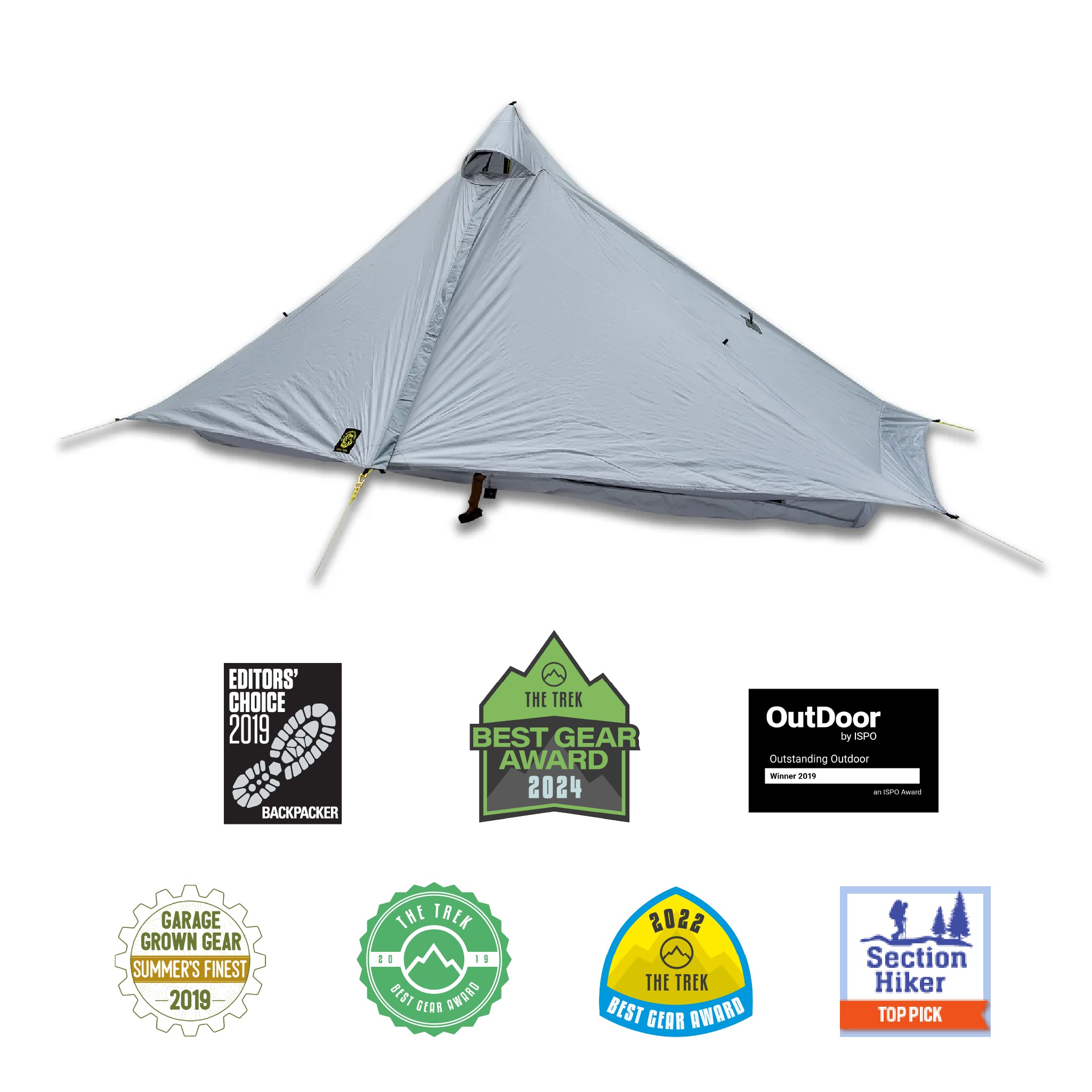
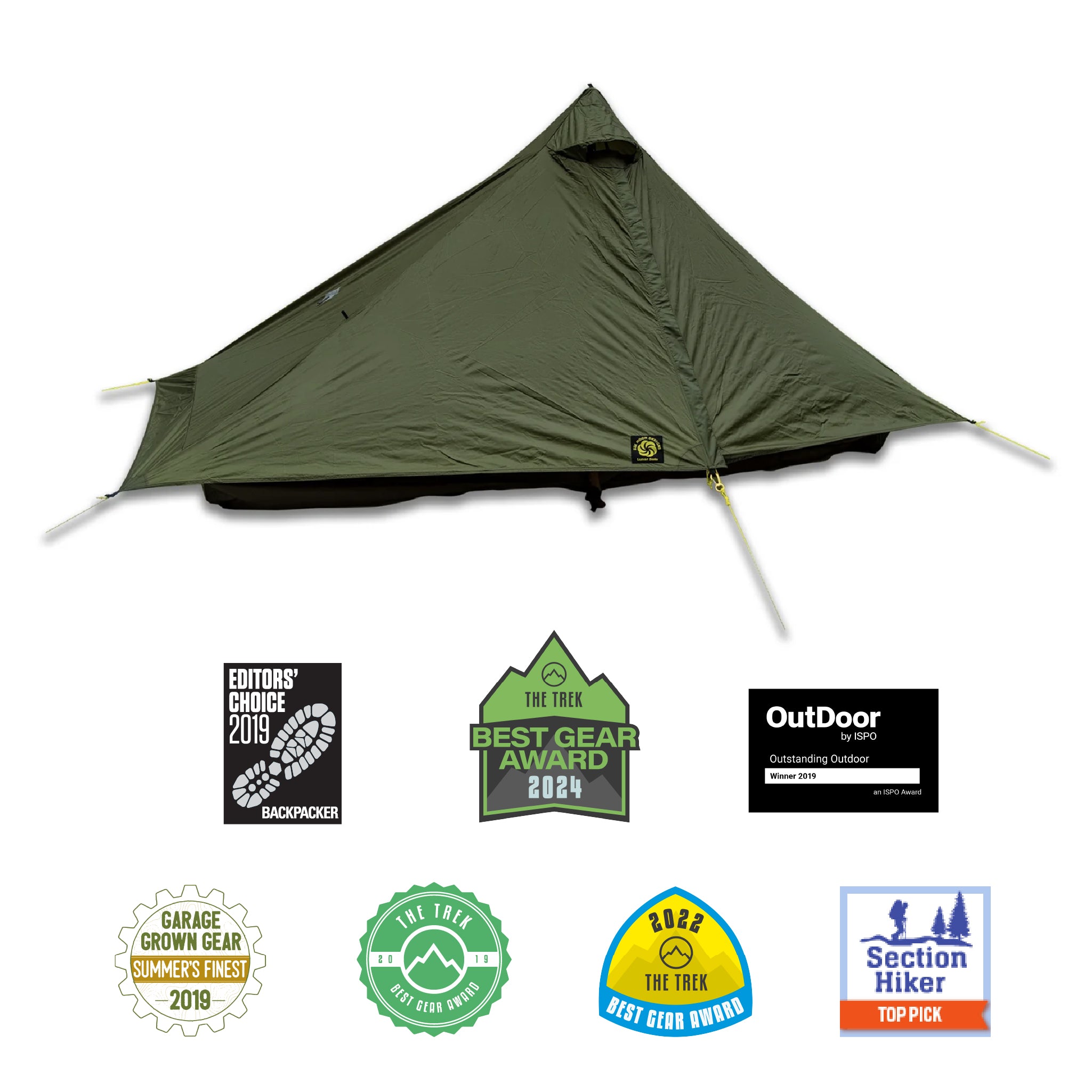
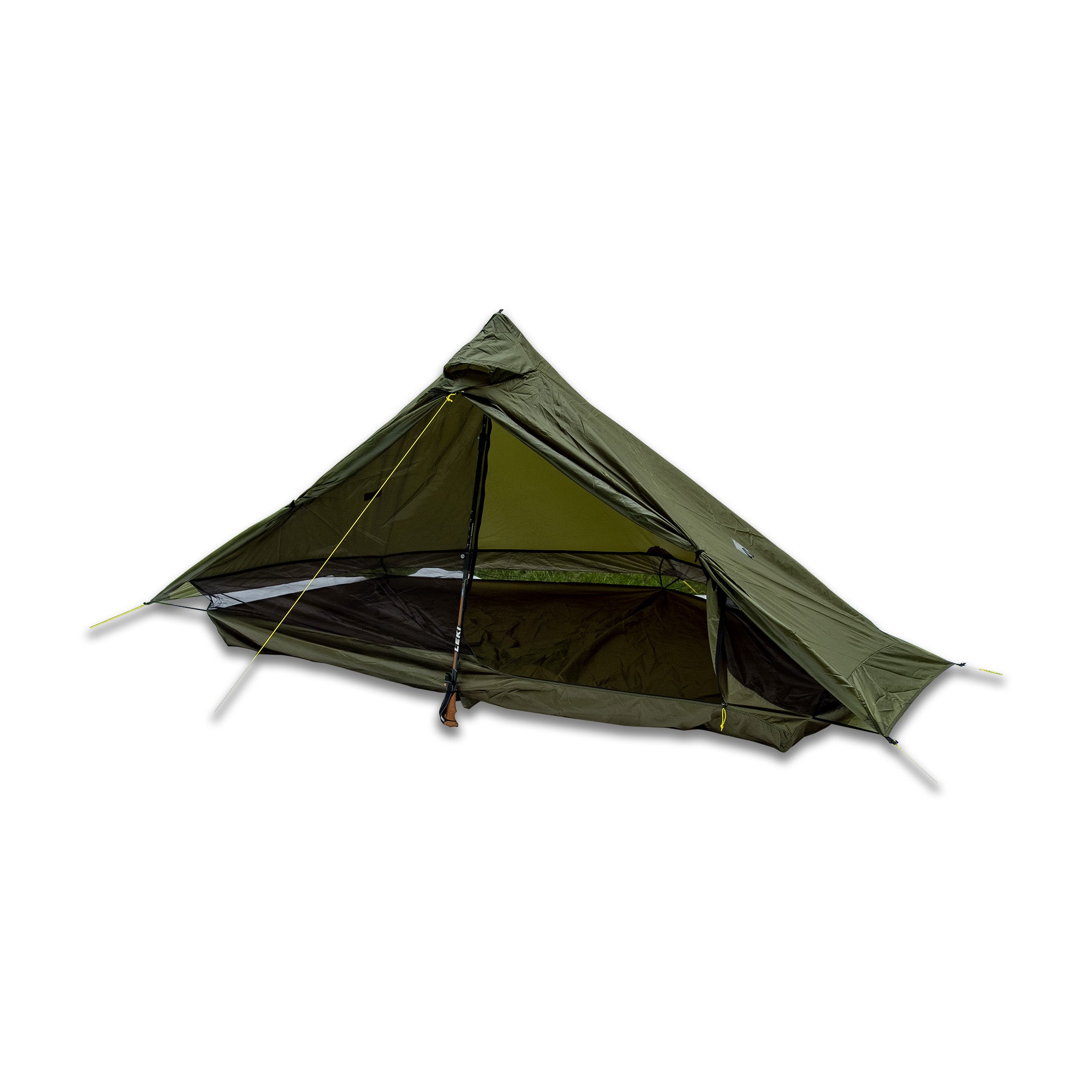
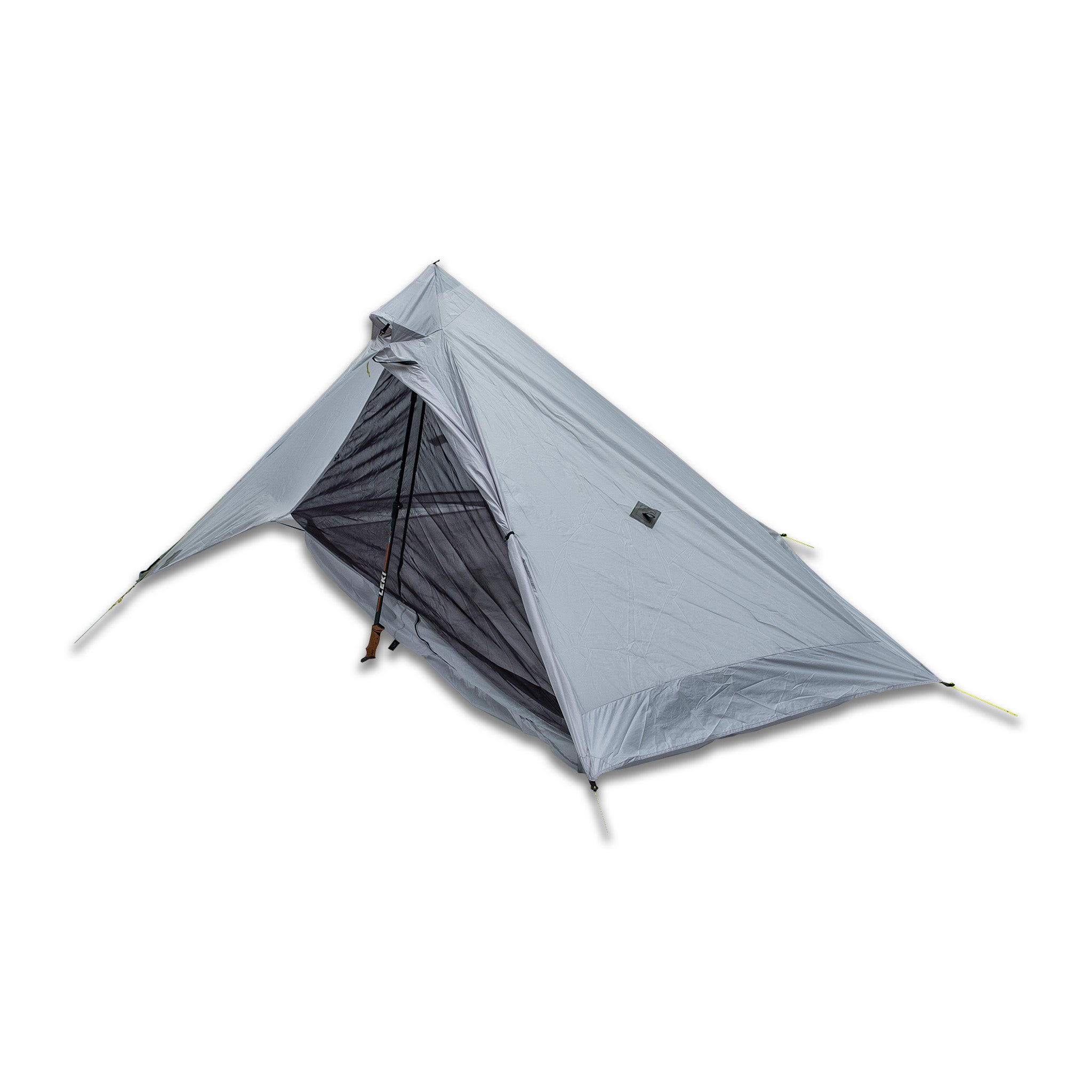

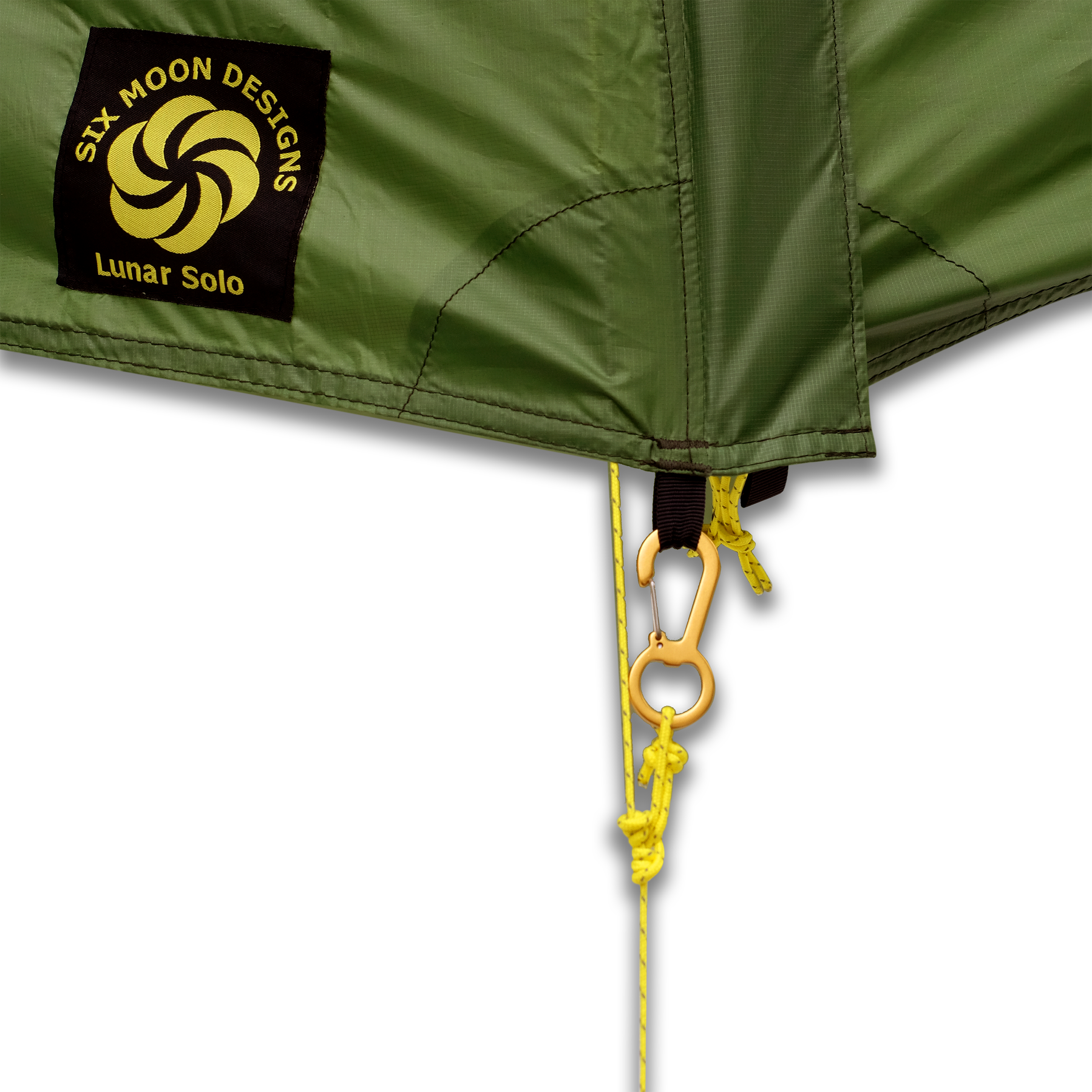
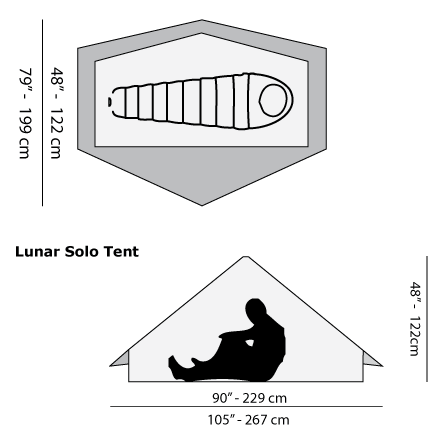
Lunar Solo Backpacking Tent
The award-winning Lunar Solo is a single person ultralight tent.
1 Person Tent | Best for:
- Thru Hiking
- Bikepacking
- Hikers with dogs
Pickup available at 8250 Southwest Nimbus Avenue
Usually ready in 24 hours

Lunar Solo Backpacking Tent
Gray
8250 Southwest Nimbus Avenue
8250 Southwest Nimbus Avenue
Beaverton OR 97008
United States
⭐⭐⭐⭐⭐ Happiest 5 years and counting
"Have spent over 200 nights since first buying my Lunar Solo back in 2016. It has seen conditions to -20°C up to +38°C. Above the Arctic Circle into the deserts of Israel. Down from the Dead Sea up to the open Tundra. A great shelter for great adventures." - Andrei

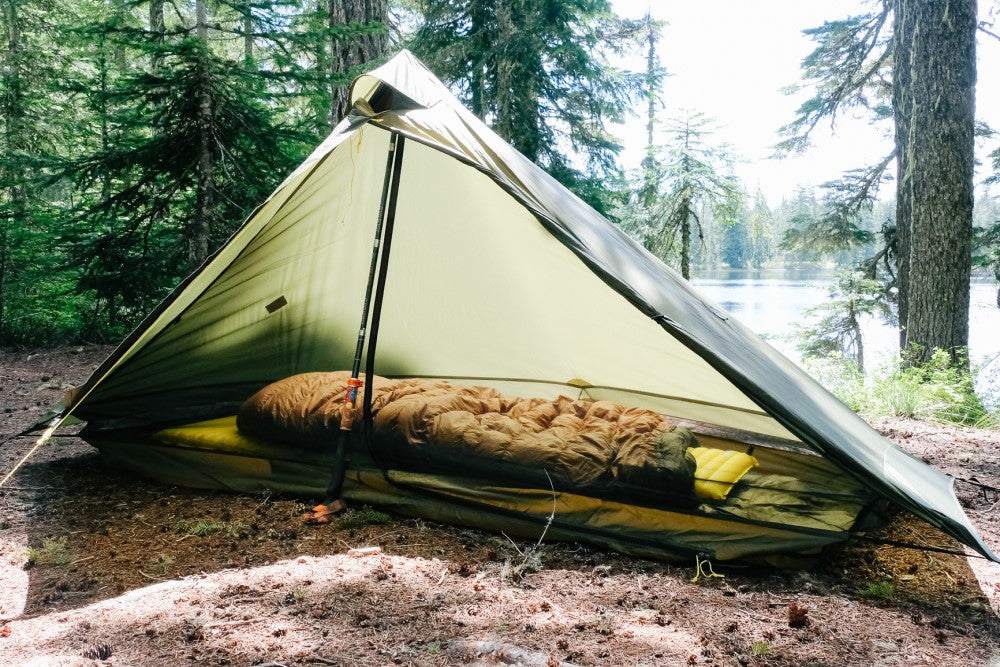
REQUIRES ONE POLE
26 oz - 740 g Solo Backpacking Tent
Save money with the award-winning Lunar Solo tent – and buy more of the ultralight gear on your list.
With the Lunar Solo tent, sacrifice nothing but extra weight – ultralight, sturdy, weather-tight*, and comfortable. The unique hexagonal design and steep, sloping sides help deflect high winds and shed snow, keeping you safe from the elements. The spacious 26 sq. ft. living space and extra 8.5 sq. ft. vestibule means there’s plenty of room for you AND your gear (or your favorite 4-legged friend).
*To completely repel water, shelters need to have sealer applied to the seams before use.
*Shelters including a seam sealing service may not ship immediately.
*Stakes and Support Poles Sold Separately
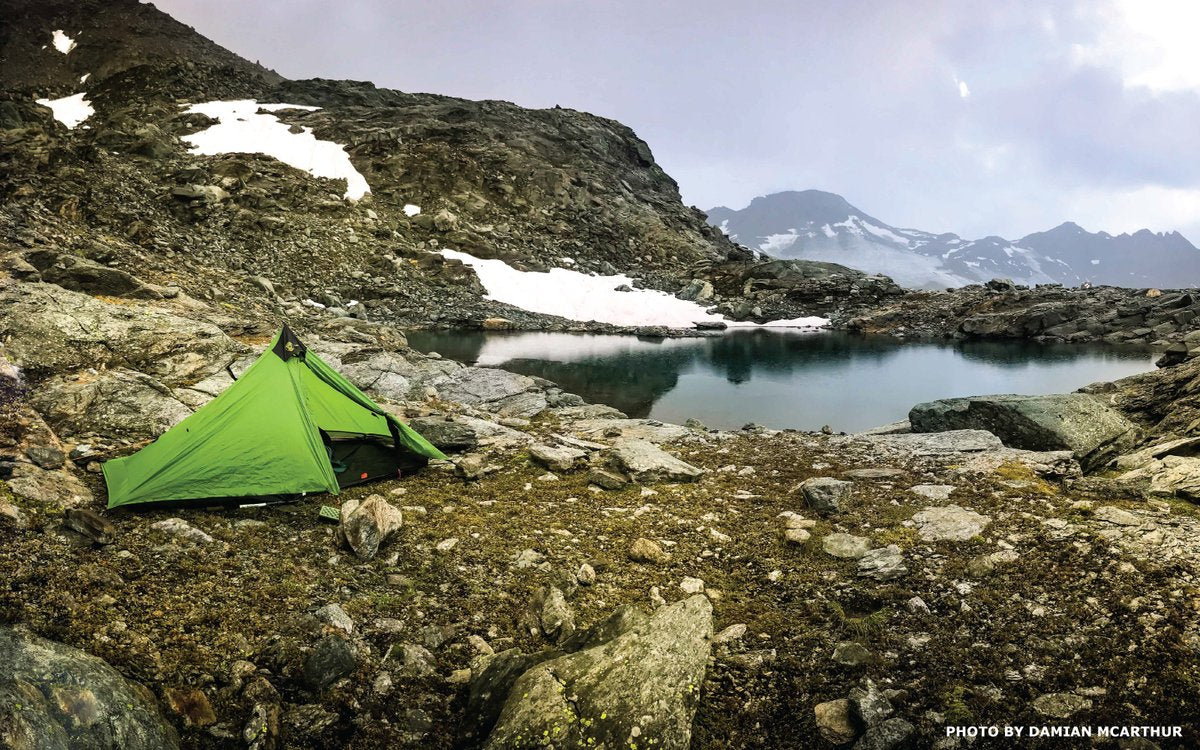
Construction
✓ Made with 100% Silicone-coated Polyester material to reduce fabric stretch and pack volume.
✓ 20D canopy and 40D floor keeps the Lunar Solo light but rugged.
✓ 6-in deep bathtub floor helps prevent splash back.
✓ 6-in mesh lining above the bathtub floor increases ventilation and keeps you further from the canopy walls, so you stay nice and dry.
✓ 26 sq. ft. of living space with a peak height of 49 inches – plenty of room for all kinds of seated tasks. Canopy creates an 8.5sq. ft. vestibule for added protection during storms.
✓ Easily pitched with one adjustable trekking pole to 49 inch peak*.
For detailed setup instructions, check out Lunar Solo - The Perfect Pitch.
Features
Full Vestibule provides protection while still maintaining good ventilation when closed. Fully open, the vestibule maximizes ventilation and view.
High Vent removes excess moisture build up.
Zipper Vestibule Closure makes opening and closing the vestibule a snap.
Easy Tensioning Adjustment makes keeping the tent taut easy to accomplish from the warmth of your sleeping bag. (Re-tension straps have been added to all tie out points.)
Floating Canopy allows the canopy to be set to different heights.
Floating Floor reduces floor stress and helps to minimize punctures from sharp objects.
Optimized Sleeping Area is oriented to maximize usable space, ventilation, and view. A peak height of 49 inches gives you plenty of headroom.
Center Pole Support significantly improves the ability of the tent to handle wind and snow loads.
Single Hiking Pole Support reduces the amount of gear need.
Internal Gear Area keeps your gear easily accessible.
Oversized Screen Door allows easy entrance and exit while keeping the front pole out of your way.
Ultralight Waterproof Canopy is made from high strength 20 denier Silicone Polyester.
Handy Mesh Cargo Pocket to keep all your essentials close at hand.
Extremely Easy Setup in less than two minutes under any conditions.
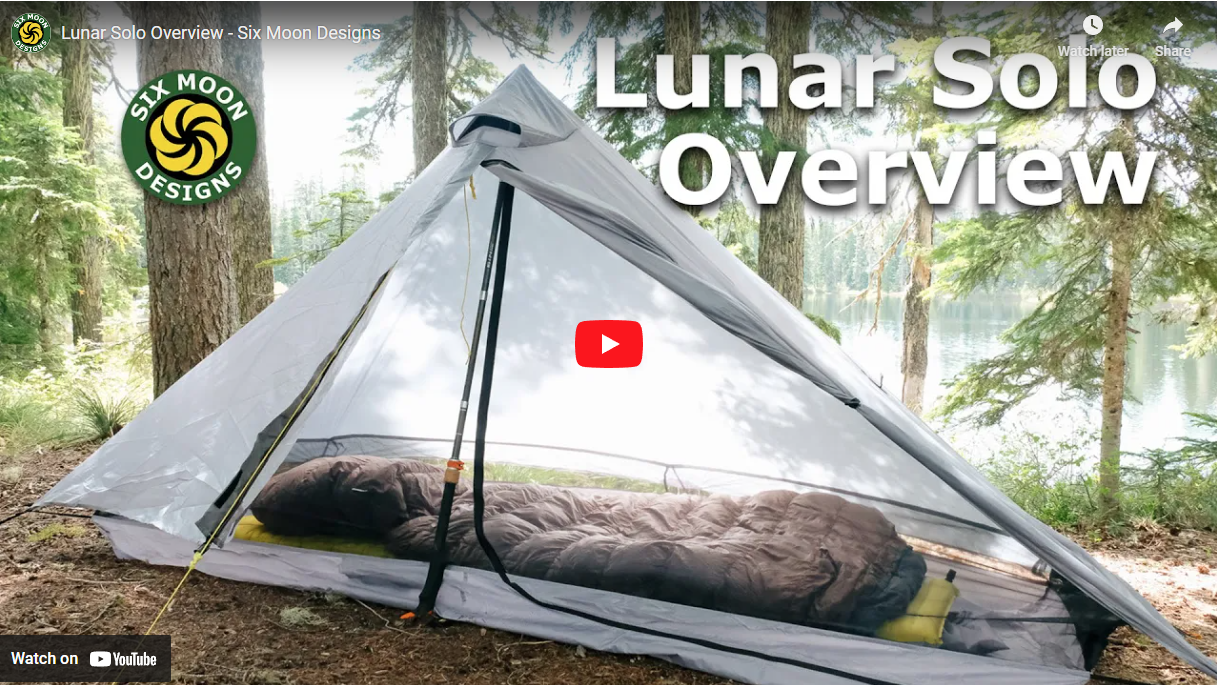
Specifications
General
3
1+
Tent, Stuff Sacks, Guy Lines
11" X 4.5"
26 oz | 740 g (Does not include stakes or poles)
6 (Sold Separately)
Green, Gray
Materials
20D Silicone Coated Polyester
40D Silicone Coated Polyester
#3 YKK
3,000 mm
Design
Tent
Single 49" Pole (Not Included)
Side Entry
26.252ft² - 2.4 m²
8.5 ft²- .8 m²
90" | 228 cm
48" | 121 cm
This product is rated 4.7 of 5.0 stars.
It has received 280 reviews.


